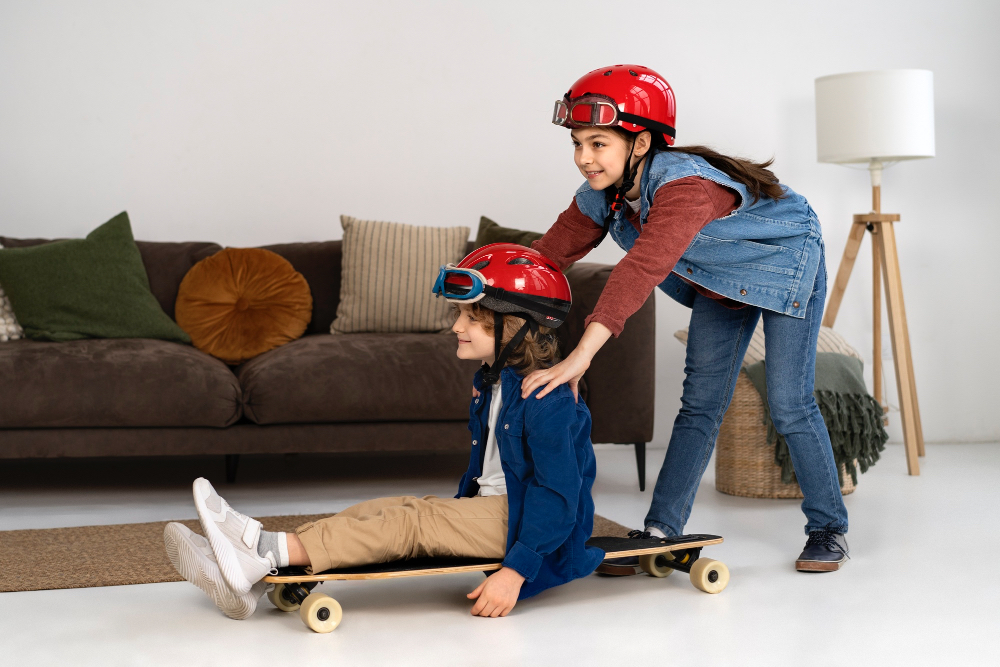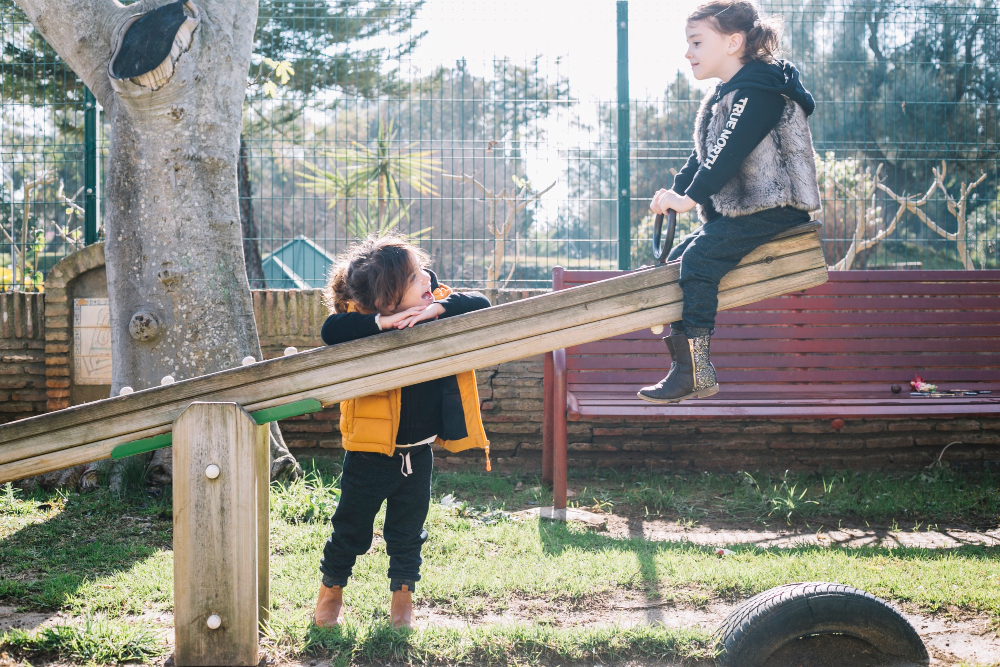An engaging and safe play space is essential for fostering creativity, exploration, and active play at home. A well-designed play area provides children with the freedom to learn while keeping safety a priority. This article offers practical tips on how to design a space that meets both safety and stimulation needs.
1. Prioritize Safety in Your Play Space
Safety ensures your child can play freely without risk.
- Childproofing: Secure furniture and cover outlets.
- Soft Surfaces: Add rugs or foam mats to protect from falls.
- Non-Toxic Materials: Use safe, certified materials for toys and furniture.
2. Add Engaging Elements to Your Play Space
Make the space interactive and fun for independent play.
- Open-Ended Toys: Include blocks, puzzles, and dress-up props.
- Activity Zones: Create spaces for reading, building, and active play.
- Visual Cues: Decorate with playful wall decals and cozy lighting.
3. Organize for Accessibility
Keeping the play space organized supports independent exploration.
- Labeled Bins: Use colorful labels for easy cleanup.
- Low Shelves: Keep toys within your child’s reach.
- Toy Rotation: Refresh the space by rotating toys weekly.
4. Include Sensory-Friendly Items
Incorporating sensory items enriches your child’s experience.
- Textures: Add plush blankets and sensory bins.
- Lighting: Include soft, adjustable lighting to create a calming atmosphere.
- Sound Elements: Use soundscapes or chimes for mindful moments.
Conclusion:
Creating an engaging and safe play space encourages creativity, exploration, and fun while ensuring peace of mind for parents. By balancing safety features with interactive elements, you can transform any space into a haven of learning and play for your child.



